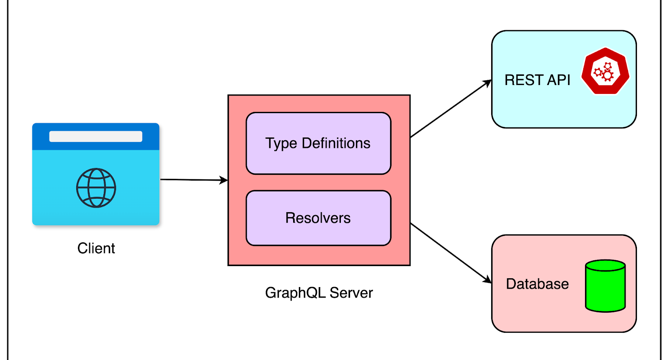Byte Byte Go
3w
322

Image Credit: Byte Byte Go
How Netflix Runs on Java?
- Netflix's backend services predominantly run on Java due to the maturity and reliability of the ecosystem around it.
- The architectural backbone of Netflix includes a federated GraphQL platform connecting client apps to various Java backend services.
- Netflix relies heavily on Domain Graph Services (DGS) built with Spring Boot for implementing slices of the GraphQL schema.
- Netflix's services communicate over gRPC internally for efficient service-to-service calls and utilize GraphQL and HTTP for client interactions.
- The transition to JDK 17 and Spring Boot across Netflix services has led to significant improvements in garbage collection efficiency and reduced latency.
- Introduction of ZGC in JDK 21 brought low-pause garbage collection, resulting in reduced service interruptions and improved throughput.
- Implementation of Java virtual threads in Netflix services enabled better scalability and reduced resource consumption compared to traditional threading models.
- Netflix's custom stack on Spring Boot integrates various features like security, observability, service mesh, gRPC framework, and retryable clients.
- Netflix's strategic approach to evolve its Java architecture showcases the importance of continuous optimization and platform ownership for performance gains and reliability improvements.
- Key takeaways include the significance of leveraging modern JVM features, platform ownership, simplifying concurrency with virtual threads, and optimizing infrastructure for improved system reliability.
Read Full Article
15 Likes
For uninterrupted reading, download the app